


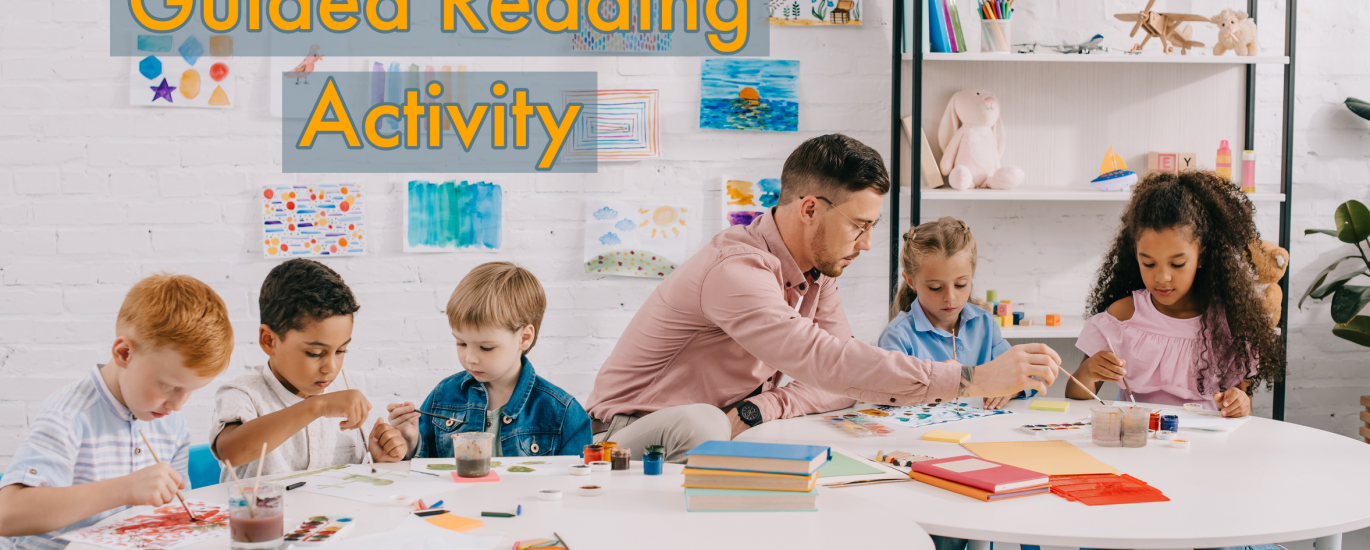
Guided reading activity- what actually is? Guided reading activity is a method of teaching reading in which a teacher, parent, or guardian assists a small group of students or an individual in reading material. It boosts children’s self-esteem by allowing them to read alone. In this article we will discuss Guided reading activity in detail.
Through the development of reading methods that aid in decoding and create meaning, Guided reading activity helps students gain greater control over the reading process. As pupils read, talk, and think their way through a text, the teacher guides or scaffolds them (Department of Education, 1997).
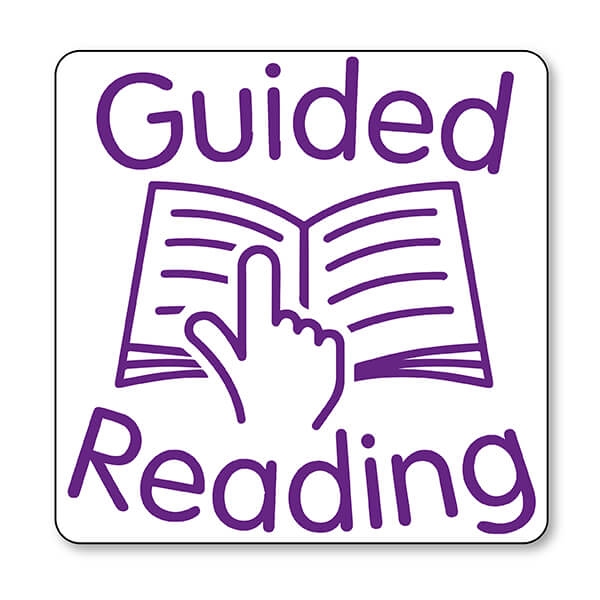
Guided reading activity is a type of small-group reading education that is aimed to give pupils with differentiated training. It’s an opportunity for pupils who have comparable reading habits and can read literature at similar levels. Guided reading activity helps children improve reading skills by allowing them to be taught in smaller groups, which allows them to be taught in a method that is more focused on their unique requirements and thus accelerates their progress. Every day at school, students participate in a guided reading session. We’ll go over what happens in these sessions and how you can help your child build decoding and comprehension abilities at home.
Reciprocal Reading is a good place to start if you want to learn more about guided reading activity approaches and practices. This is a structure style of guided reading levels in which children are taught to gradually take on group roles in order to investigate and find meaning in texts.
When conducting a guided reading activity session, teachers should keep two things in mind:
Decoding:
Decoding is the process of converting a written word into a spoken word, regardless of whether the meaning of the word has been grasped. Teachers will instruct Guided reading activity students on how to decode by encouraging them to break down a word and sound out all of the individual sounds. They may also request that they look at the picture in order to assist them. Another technique is to read the entire sentence to them, leaving out the word they’re having trouble with, and then asking them to guess what the word is based on what they’ve heard so far.
Comprehension:
Understanding what has been read and being able to discuss or write about it is referred to as comprehension.
Read more: Importance of education in todays world.
In a classroom setting, guided reading activity:
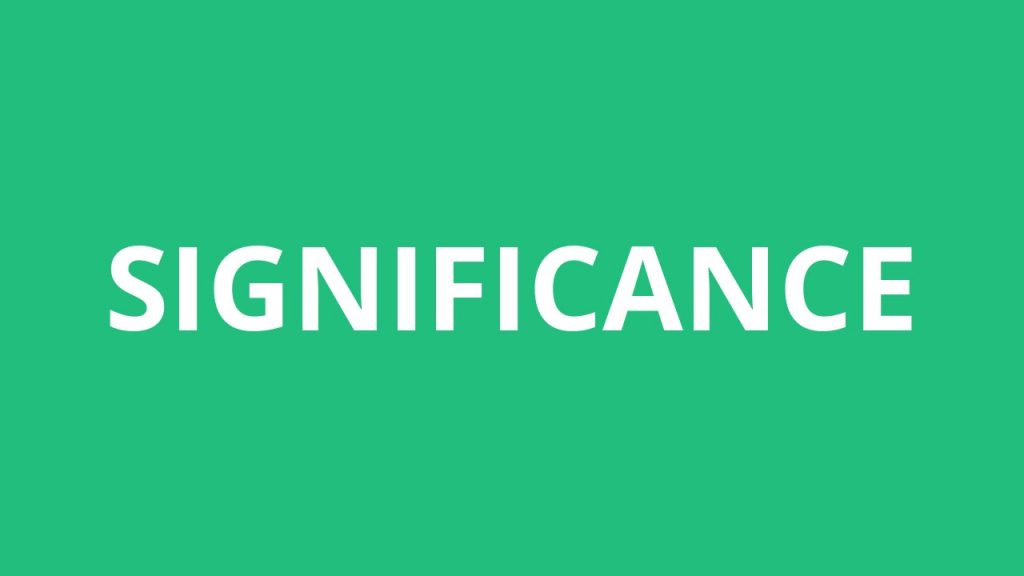
At a tiny kidney-shaped table across from you, a small number of pupils who are at a comparable stage in their reading development are seated. Individually, each pupil reads the same text, softly or silently. Based on your observations of the students’ guided reading activity strengths and needs, you lead a discussion of the text’s meaning and offer teaching points.
The following are the steps in the guided reading activity process:
Teachers will set aside half an hour each day in their schedule for a guided reading level session with their students. They will work with a small group of children to thoroughly analyse a text, ensuring that each child can read each word and discuss the text’s meaning with them. Teachers aim to schedule this group guided reading session every day so that each kid has had some quality reading time with a teacher at the end of the week. When a teacher notices that a child requires further reading assistance, he or she may arrange for them to read with a teaching assistant or another more capable Guided reading activity reader in the class.
Teachers generally create a ‘carousel’ of activities while arranging these sessions. This means that each table will have an activity set up, and the children will rotate to a different table each day. Depending on your students’ reading levels and learning goals, they may involve reading topic books, Guided reading activity with the teacher, completing grammatical assignments, and much more. When creating whole-class guided reading lesson plans, set aside time in class to answer any questions your students may have regarding the literature you’re all reading. This might be at the end of each chapter or after a few pages, as you see fit. You can also make a note of any frequently asked questions in our plans.
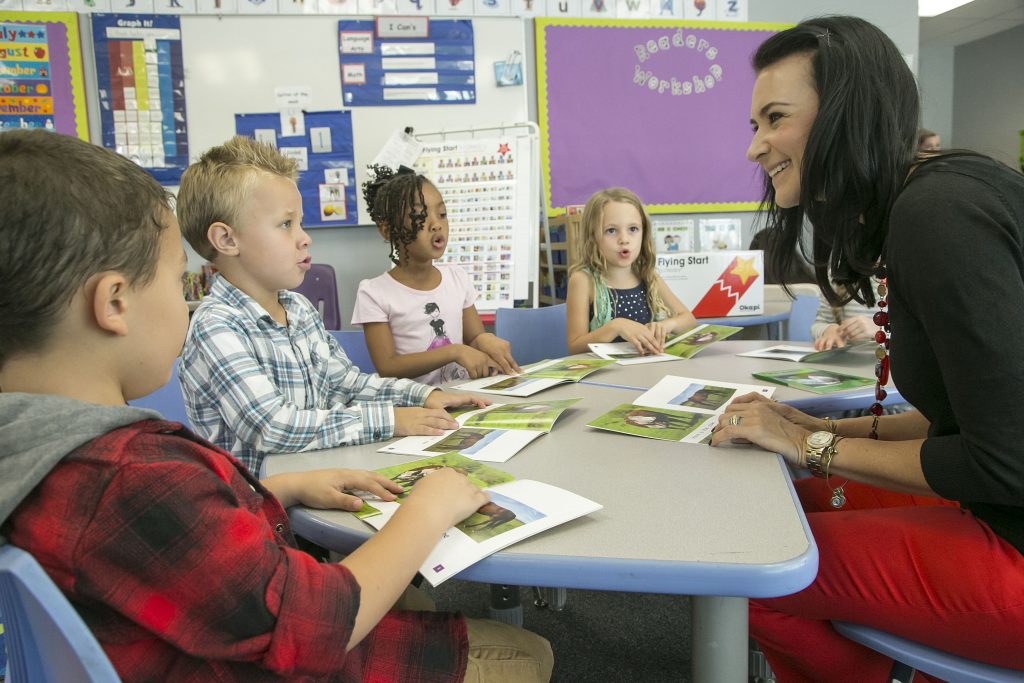
The goal of guided reading activity is for children to use level-appropriate content to solve problems and practice skills. Each child in a guided reading group has the responsibility of applying the focused approach to the process of reading the entire text rather than just a page. It allows pupils to use skills they already know in new material, broadening their comprehension and reading style.
During guided reading activity, children read the material at the instructional reading level that the teacher has chosen. Throughout the class, students are given instruction to assist them in developing in-the-head networks of strategic activities for digesting more difficult texts.
Through the development of reading methods that aid in decoding and creating meaning, guided reading activity helps students gain greater control over the reading process. The teacher ‘scaffolds’ or guides their students through a text as they read, talk, and think about it.
The teacher groups children who are reading at a comparable developmental level together and assigns the same book to all of them. The students read the text silently or quietly to themselves in each guided reading activity or small instructional group; then the teacher leads a discussion of the text, addressing its meaning or other aspects through exercises geared to the student’s areas of weakness or strength.
Conduct a thorough investigation into the kids in this small group:
Examine their results.
Recall everything you already know about their requirements as readers.
Teachers choose texts that are appropriate for the student’s requirements, allowing them to read chunks or entire texts independently with special assistance. Students are divided into groups based on their reading abilities and/or learning requirements, which are established by analyzing assessment methods such as jogging records, reading conference notes, and anecdotal data.
Every student has a copy of the same instructional material (one that can typically be read with 90%–94% accuracy, see Running Records). Each pupil works alone, calmly or silently reading. This is a part of Guided reading activity levels.
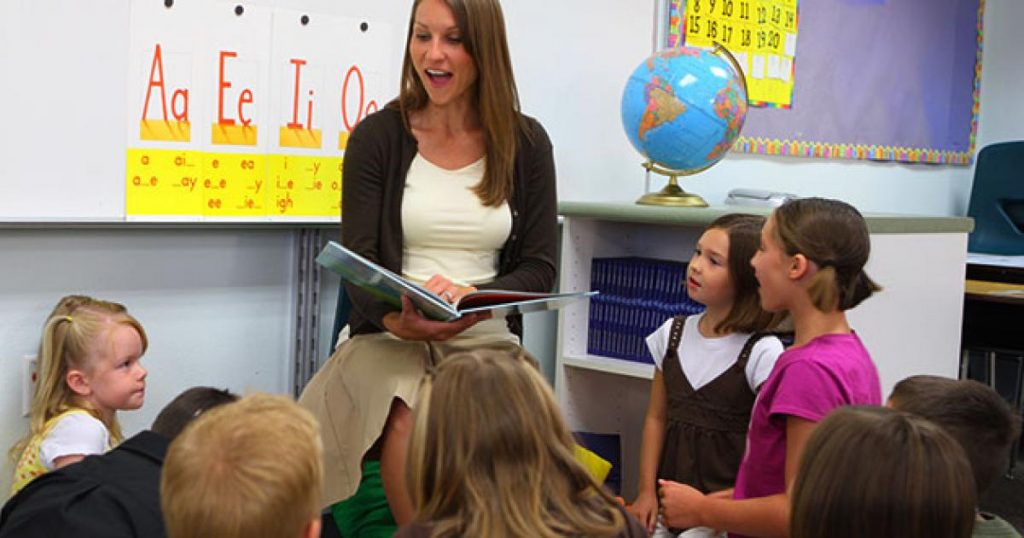
use past knowledge of the topic to elicit student predictions.
A text for a guided reading level group is chosen by the teacher by matching it to the small group’s learning needs. Running records (text accuracy, cueing systems, and identified reading behaviors), individual conference notes, or anecdotal records are used to determine the learning focus.
Successfully implementing guided reading activity in the classroom necessitates a great deal of planning. To make the most of the time allocated in the classroom, designating a separate space for practise can be quite beneficial.
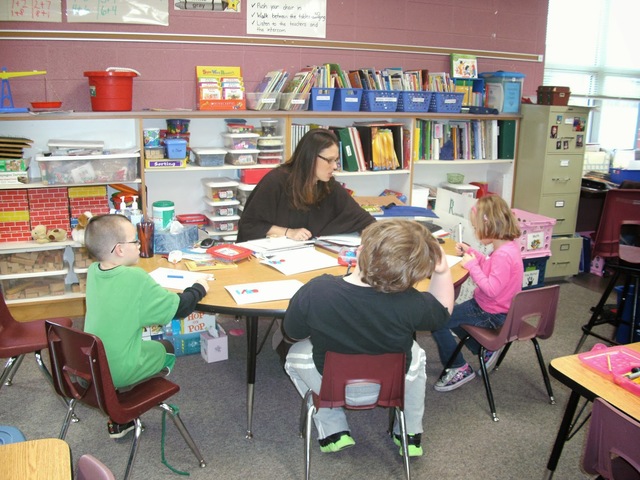
Some items you might want to add in your guided reading activity area are:
Guided reading activities are so beneficial for pupils. However, It takes time and effort to effectively adopt guided reading or small instructional groups, but the effort is well worth it. You’ll see that your pupils are putting. What you’ve taught them into practise, becoming more self-reliant and achieving better guided reading levels of reading proficiency and achievement. The skills and information obtained from small group practise will pay you for the time and effort you put in. Examine how your students respond to daily guided reading activity and/or small group instruction activities.
Flexible grouping is a type of guided reading activity.
Guided reading activity, according to Fountas and Pinnell, is “a environment in which a teacher accompanies each student individually.”
Readers’ ability to create successful ways for comprehending increasingly difficult texts.